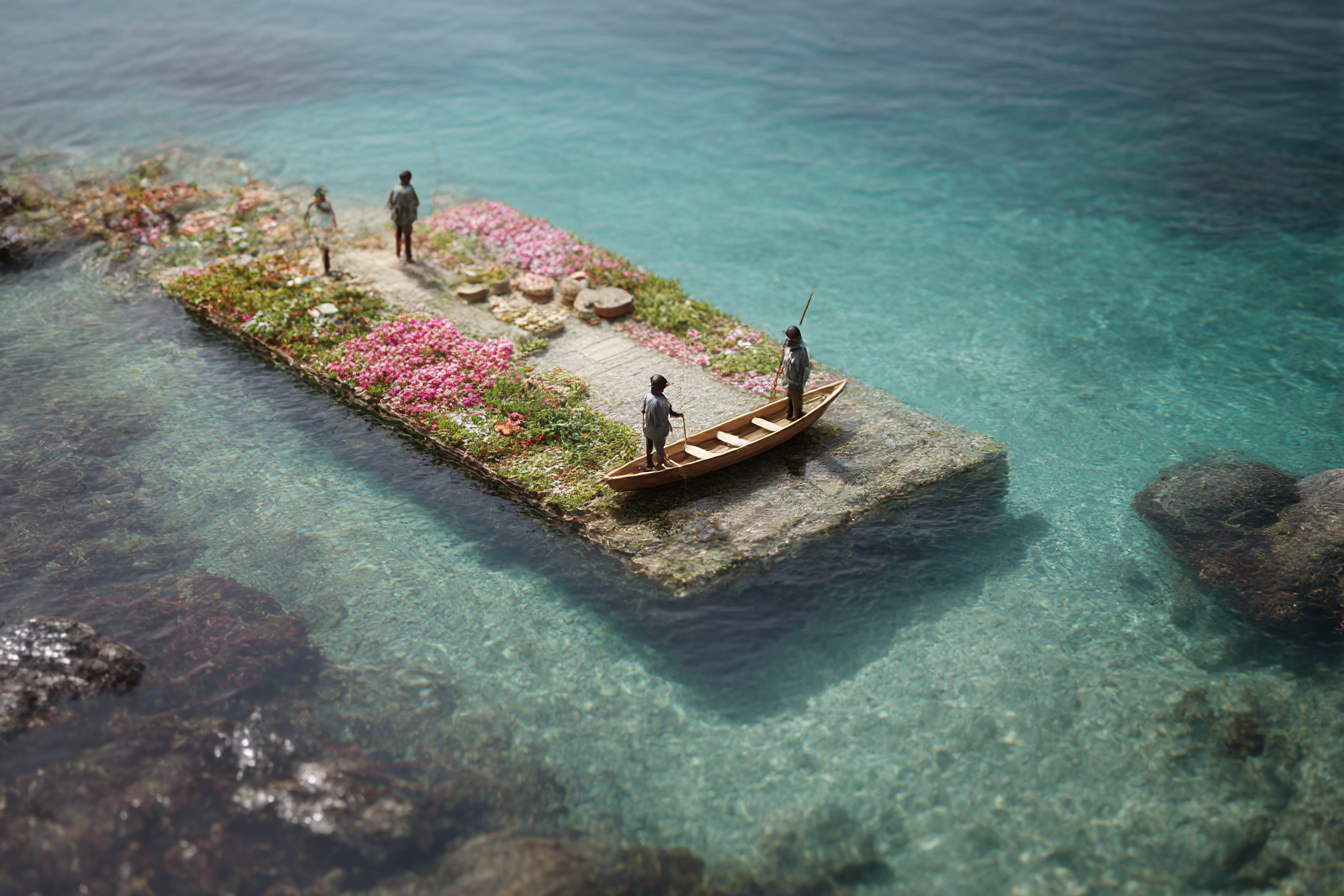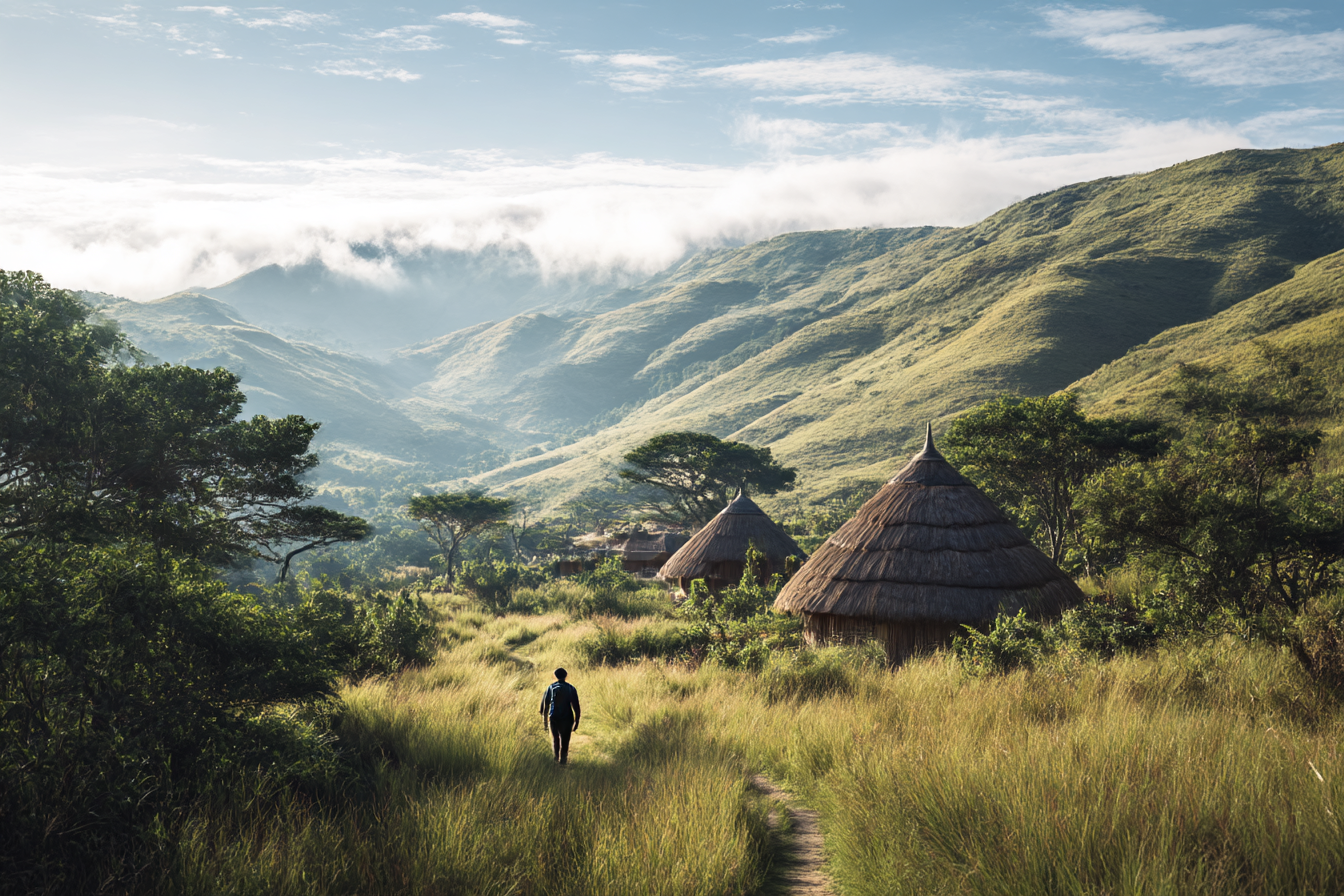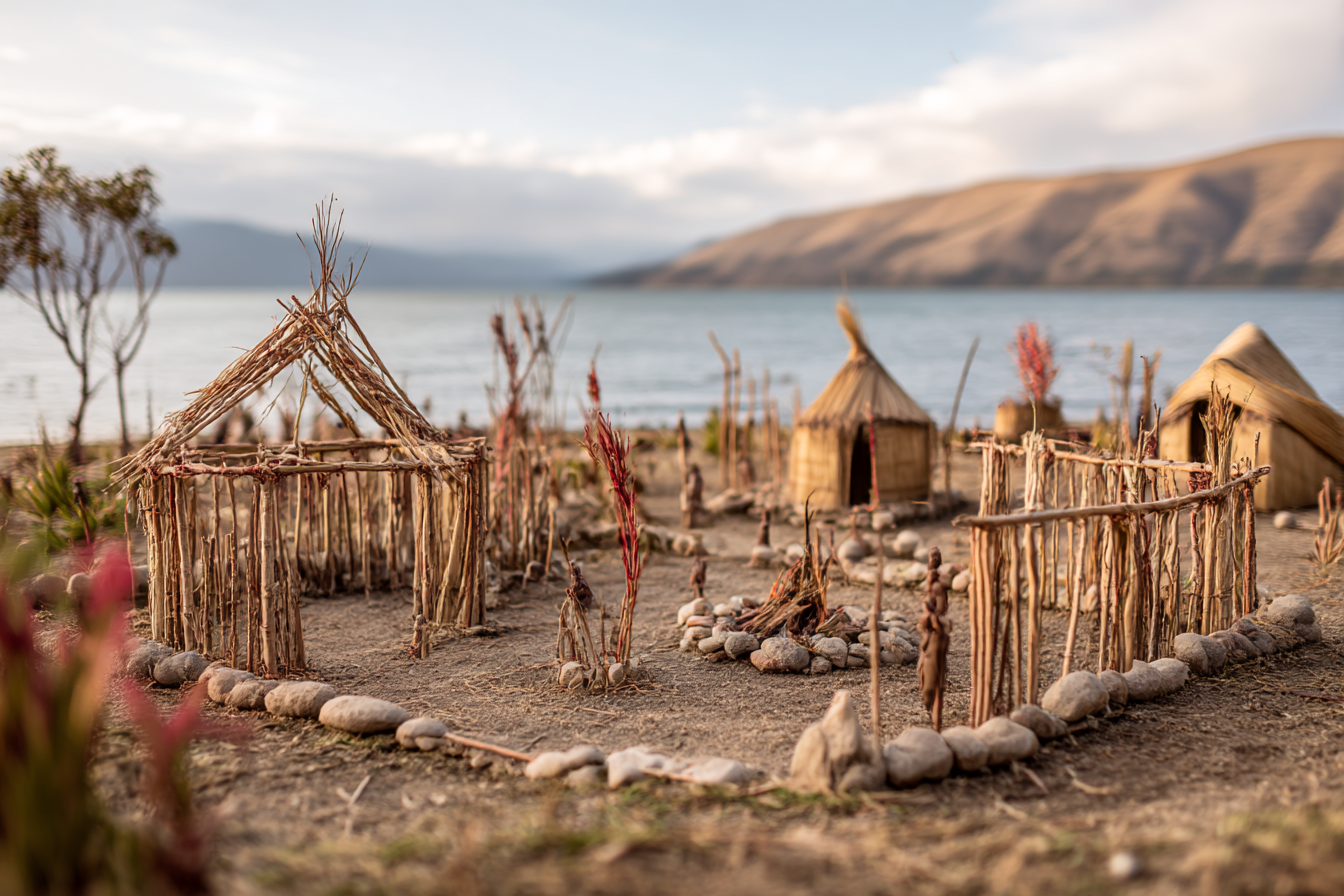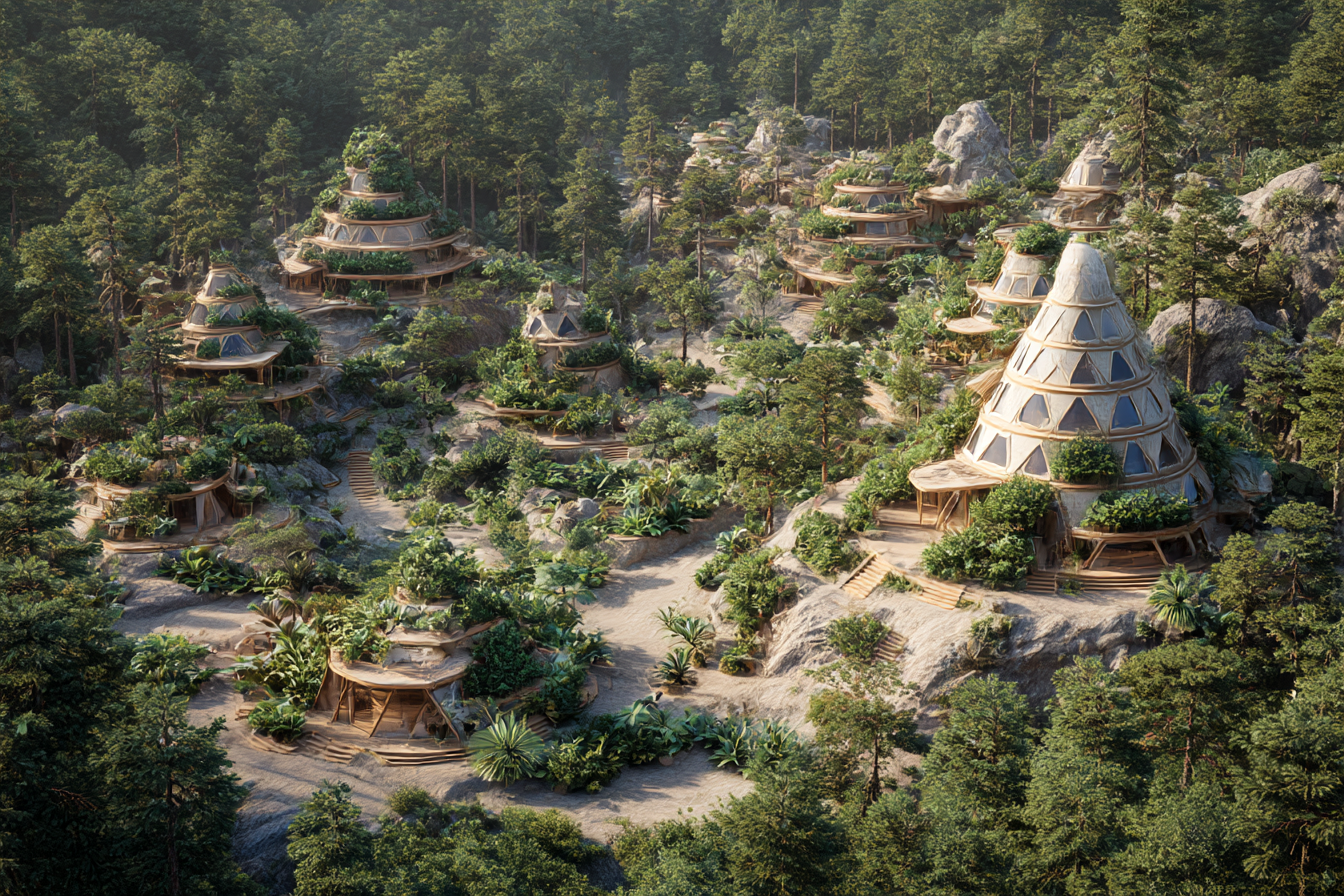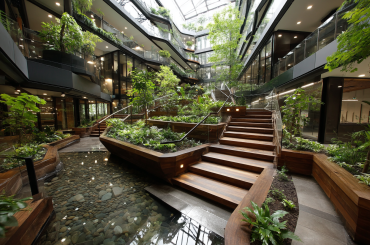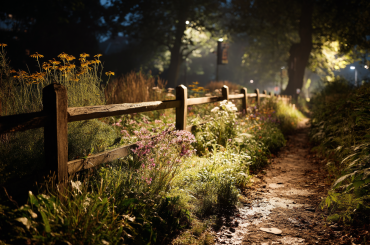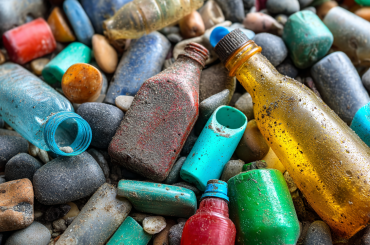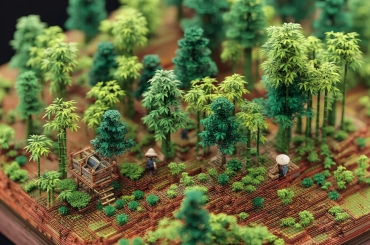I never thought I’d find myself sitting on the edge of a cliff in New Zealand, having what can only be described as an existential crisis about my holiday choices. Yet there I was, watching the sunset over a landscape that had been featured in countless Instagram posts, feeling oddly… guilty.
You see, I’d just spent the afternoon chatting with a local Māori guide who’d explained how this particular spot – now overrun with tourists like myself – had once been a sacred site for his community. “We don’t mind sharing our special places,” he told me, his expression betraying that perhaps they did mind, at least a bit. “But it would be nice if people understood what they were standing on.”
That conversation haunted me. I’ve always considered myself an environmentally conscious traveller. I offset my flights (though I know that’s complicated), I try to stay in locally-owned accommodations, and I make a point of buying souvenirs directly from artisans. But that evening, staring out at the horizon, I realized I’d been asking entirely the wrong question about my travels. Instead of “How can I reduce harm?”, perhaps I should have been asking: “How can my presence here actually make things better?”
This, it turns out, is the fundamental shift at the heart of regenerative tourism.
For years, sustainable tourism has been our gold standard – the idea that we should try to minimize our negative impact, leaving destinations “as we found them.” It’s certainly better than the alternative. But regenerative tourism takes things a crucial step further. It’s not just about preserving what exists; it’s about actively improving ecosystems and communities through our travels. It’s the difference between maintaining the status quo and helping heal damaged systems.
When I returned home to Leeds, I couldn’t stop thinking about this concept. I dug deeper, speaking with tourism experts and reading everything I could find. What I discovered was both hopeful and challenging. Regenerative tourism isn’t just a nicer-sounding marketing term (though sadly, some businesses are already using it that way). At its core, it represents a fundamental reimagining of what travel can be.
Think of it like this: traditional tourism often takes from a place – resources, authenticity, ecological health. Sustainable tourism tries not to take quite so much. But regenerative tourism actually gives back, leaving places better than we found them.
Sounds lovely in theory, doesn’t it? But what does this actually look like in practice?
A few months after my New Zealand trip, I had the chance to experience one version of regenerative tourism when I visited a small coastal community in Cornwall. Rather than staying in a holiday let that might have contributed to the local housing crisis, I booked into a community-owned hotel that employs local people year-round and channels profits into environmental restoration projects.
On my second day, I participated in their “working holiday” program – spending the morning helping to replant native vegetation along a degraded section of coastline. There was something profoundly satisfying about getting my hands dirty alongside residents who were passionate about protecting their home. By lunchtime, I’d planted a dozen small trees, learned about local ecology from a conservation expert, and made friends with a retired fisherman who told hilarious stories about the “old days” while teaching me the proper way to use a spade.
“Most tourists just take pictures of our coast,” he told me as we shared sandwiches afterward. “You’ve actually helped rebuild it.”
That simple statement hit me like a revelation. For the first time in my travels, I felt like I’d contributed something genuinely positive – not just money spent in local businesses, but actual labor that would continue benefiting the place long after I’d gone home.
Of course, not all regenerative tourism involves physical work. In some cases, it’s about directing our spending toward businesses with regenerative practices. During a recent trip to Scotland, I stayed at a family-run farm that uses regenerative agriculture techniques – building soil health, sequestering carbon, and improving biodiversity while producing food. My accommodation fees directly supported their transition away from intensive farming methods, and I left understanding far more about food systems than when I arrived.
The owner, Fiona, told me over breakfast one morning: “Every guest who stays here is helping us regenerate another acre of land. That’s not charity – it’s partnership.”
Partnership. That word keeps coming up in conversations about regenerative tourism. It’s not about wealthy travelers swooping in to “save” destinations (a problematic colonial mindset if ever there was one). Instead, it’s about forming genuine relationships with the places we visit, understanding their needs as defined by local communities, and finding meaningful ways to contribute.
This can be challenging for those of us conditioned to see travel as an escape, a form of consumption, or even a status symbol. Regenerative tourism asks us to approach travel with humility and an openness to learning – qualities that aren’t always emphasized in conventional tourism marketing that promises “exclusive experiences” and “untouched paradises” (which are rarely either).
But here’s the thing – once you’ve experienced travel through this regenerative lens, it’s hard to go back. The depth of connection, the sense of purpose, the genuine welcome from communities who see you as a contributor rather than just a consumer – these elements transform travel from mere recreation into something far more meaningful.
I’ve noticed this shift in myself over the past year. When researching destinations, I now look beyond the usual “top 10” lists to understand the challenges facing local communities. Is overtourism an issue? Water scarcity? Cultural erosion? And then I seek out initiatives specifically addressing these challenges.
Sometimes this means adjusting expectations. A regenerative approach might mean visiting during off-peak seasons when communities actually need tourism revenue, rather than adding to the summer crush. It might mean staying in simpler accommodations owned by community cooperatives rather than luxury chains. It might mean spending more time in fewer places, developing deeper connections rather than checking destinations off a list.
These adjustments haven’t diminished my enjoyment of travel – quite the opposite. There’s a richness to these experiences that Instagram-chasing tourism simply can’t match.
This isn’t to say the model is perfect. One fair criticism I’ve heard is that regenerative tourism can be expensive, potentially creating a two-tier system where wealthy travelers “do good” while budget travelers are cast as part of the problem. That’s rubbish, honestly. During a trip to Portugal last spring, I participated in a beach cleanup organized by a local hostel where I paid just €15 a night. The regenerative element wasn’t reflected in the price but in the hostel’s commitment to environmental restoration and community engagement.
Another concern is greenwashing – businesses adopting regenerative language without the practices to back it up. This is already happening, and it requires travelers to do our homework. Are claims backed by transparent information? Are local communities and ecosystems actually benefiting? These questions matter.
Despite these challenges, I remain hopeful about regenerative tourism’s potential. As climate change and overconsumption continue to threaten both natural environments and human communities, we urgently need models that repair rather than deplete. And importantly, regenerative tourism isn’t just better for destinations – it offers travelers richer, more meaningful experiences.
Last month, I returned to that same cliff in New Zealand. This time, I joined a cultural restoration project led by the local Māori community. We spent three days removing invasive plants, learning about indigenous conservation practices, and participating in traditional ceremonies. In the evenings, we shared meals and stories, building connections that transcended the usual tourist-local dynamic.
On the final night, as we gathered around a fire, one of the elders said something that perfectly captured the essence of regenerative travel: “When you arrived, you were visitors. Now you leave as family, with responsibilities to this place. That means you must return – either in person or through your support from afar.”
That responsibility doesn’t feel like a burden. It feels like a privilege – to be connected to places not just through photographs and memories, but through contributions that continue to grow and flourish long after I’ve returned home.
As travel resumes and expands post-pandemic, we have a rare opportunity to rebuild it differently – not just more sustainably, but genuinely regeneratively. This isn’t about perfect choices or virtue signaling. Lord knows I still make plenty of problematic travel decisions (don’t get me started on my ongoing struggle with plastic water bottles in certain countries). But it’s about shifting our fundamental approach from taking to giving, from consuming to contributing.
For me, there’s no going back. Once you’ve experienced the joy of leaving a place better than you found it, ordinary tourism starts to feel a bit… well, hollow. And that cliff in New Zealand? The restoration project I participated in was just the beginning. I’m already planning my return visit – not just to enjoy the view, but to continue the work we started together.
